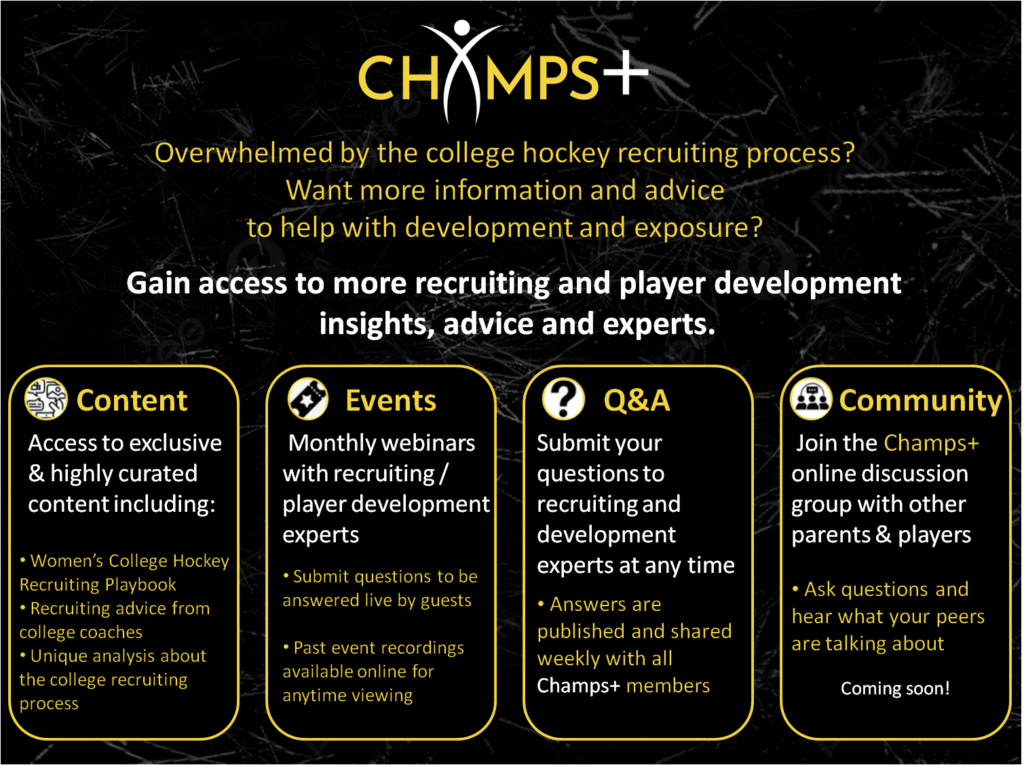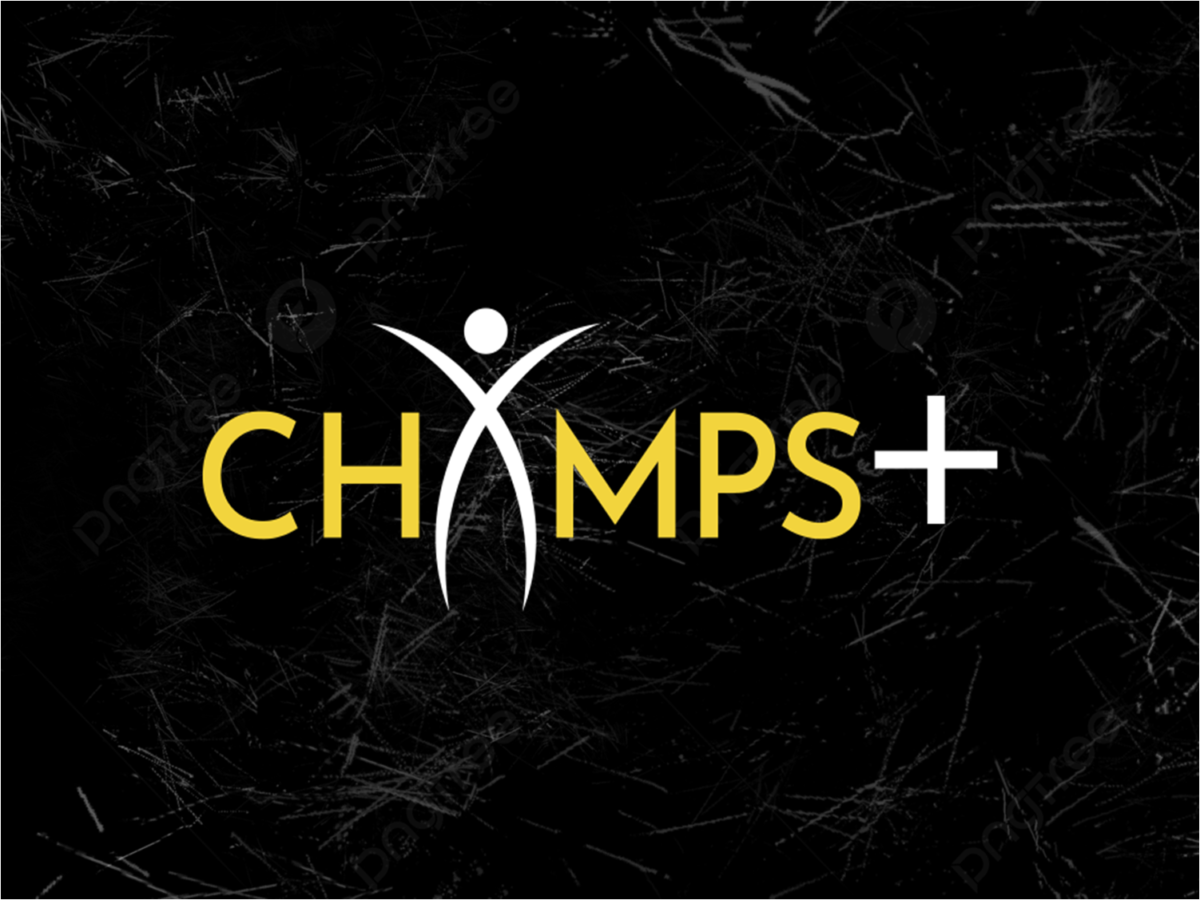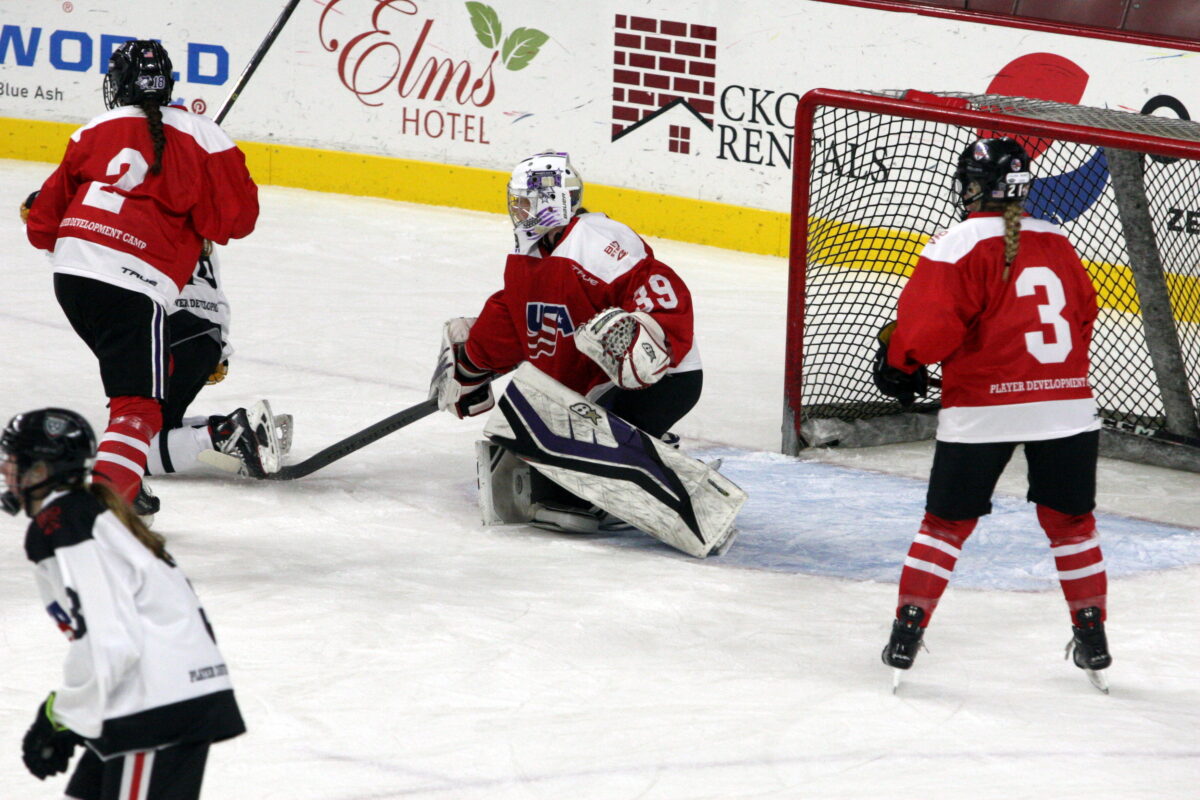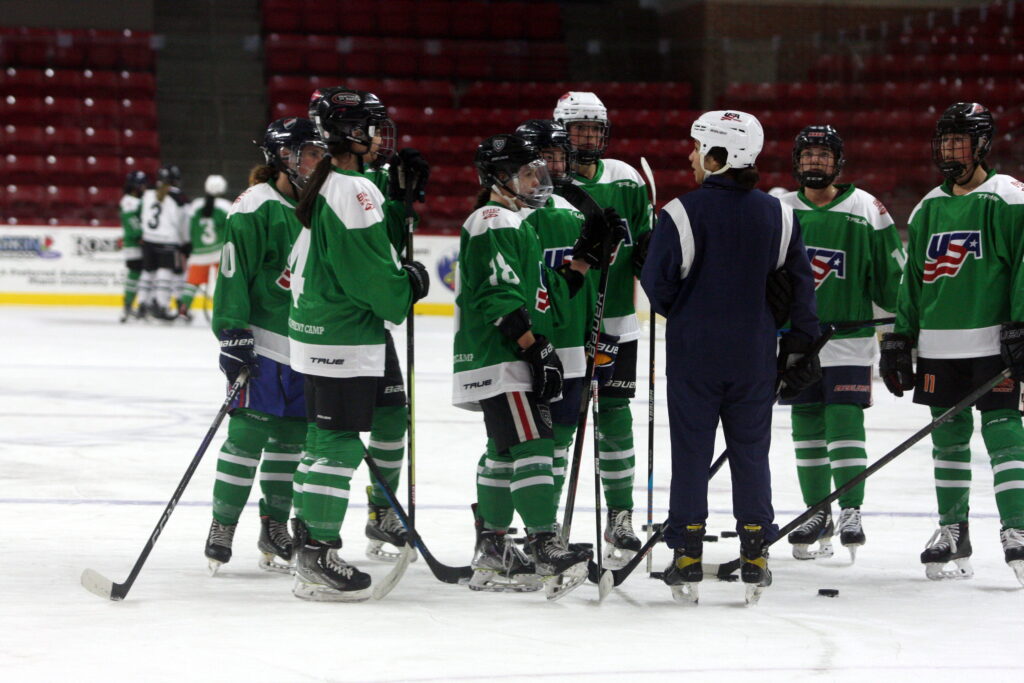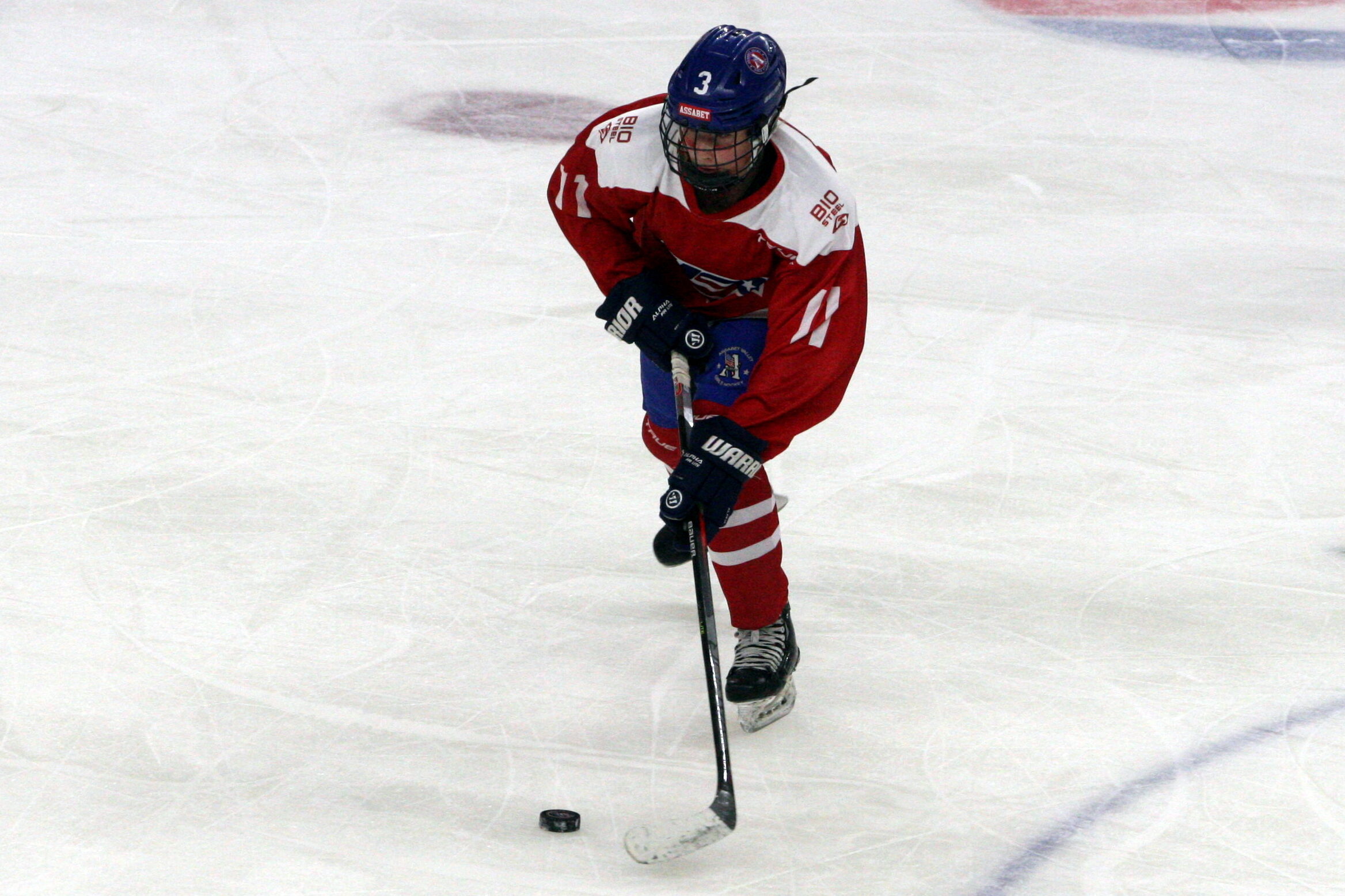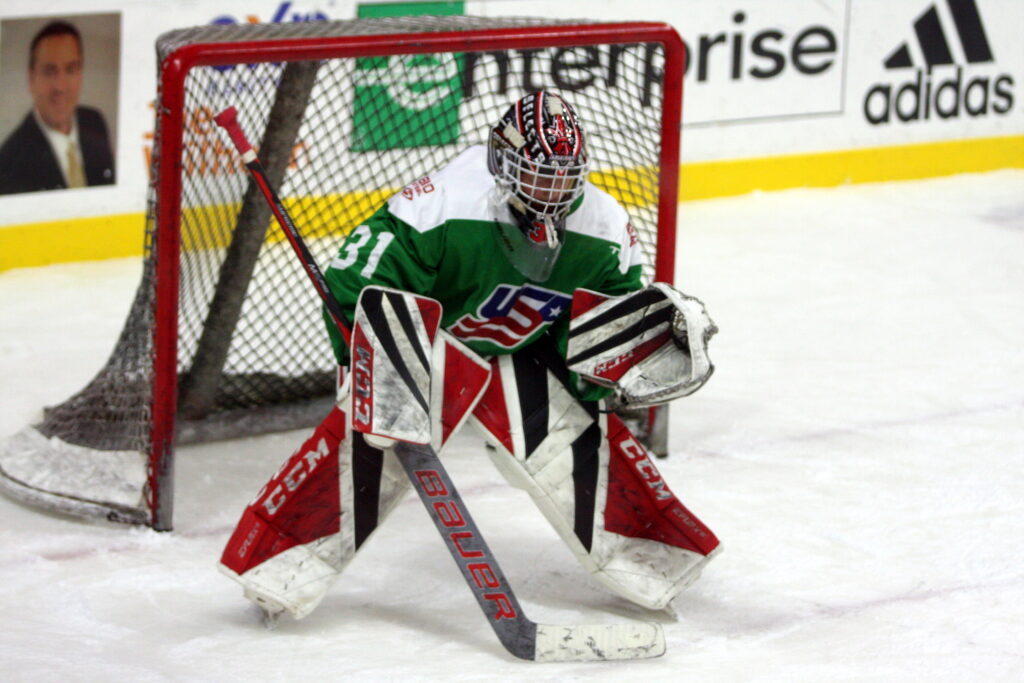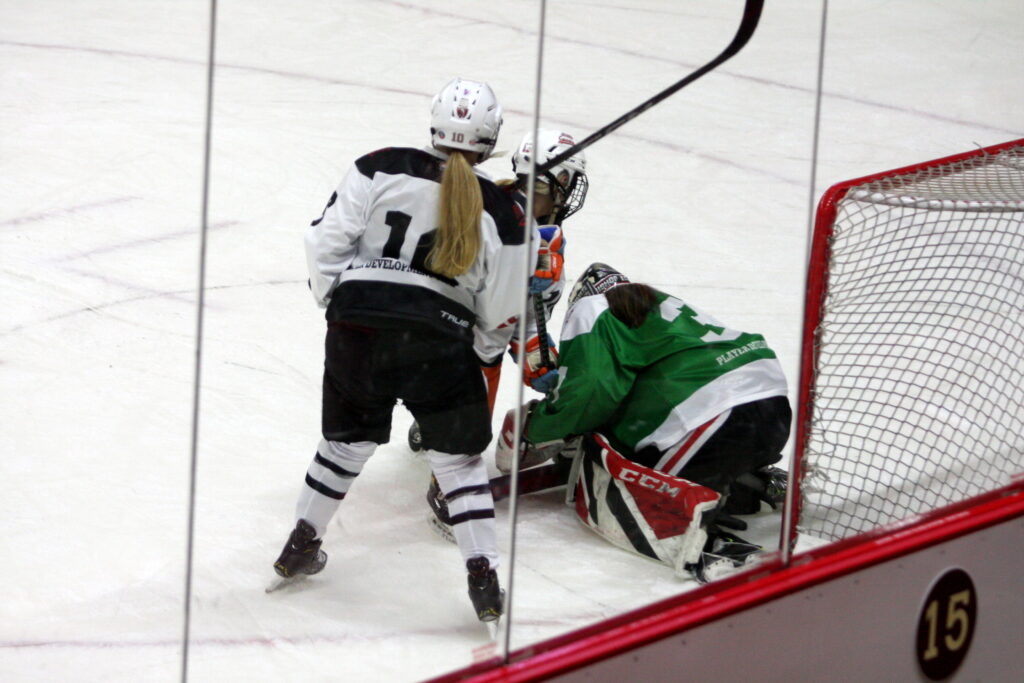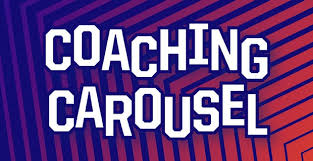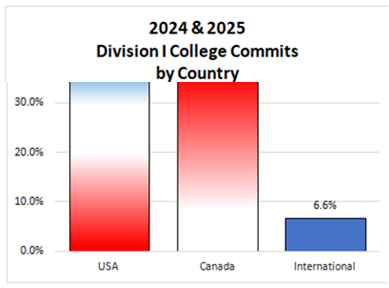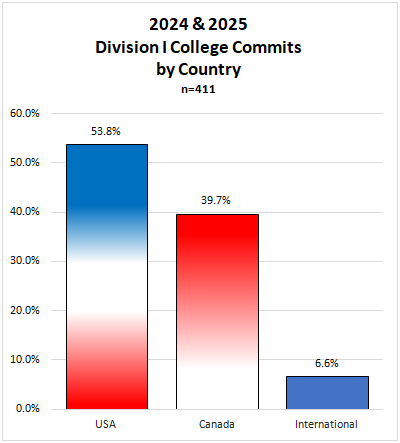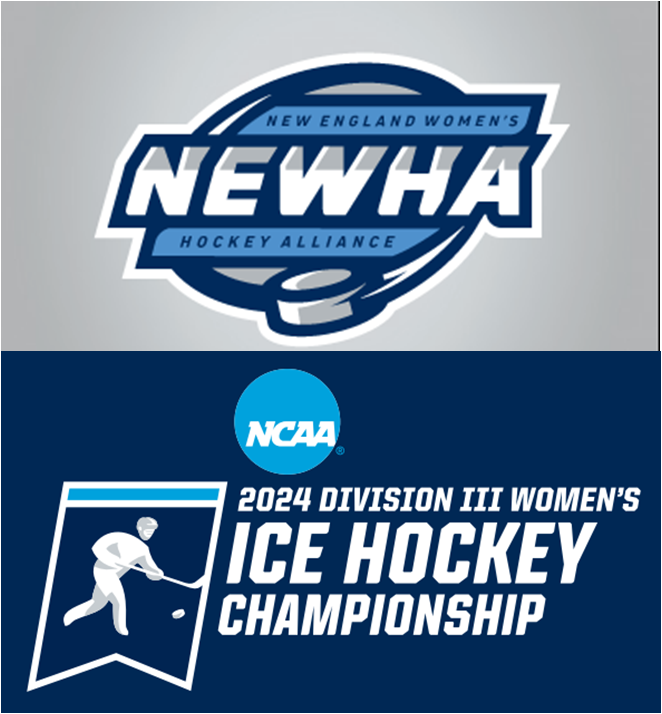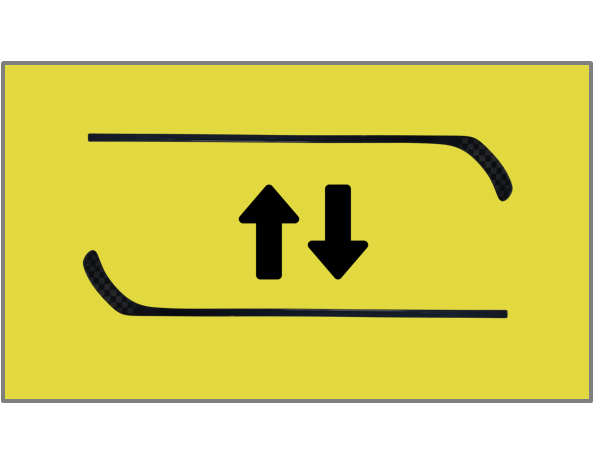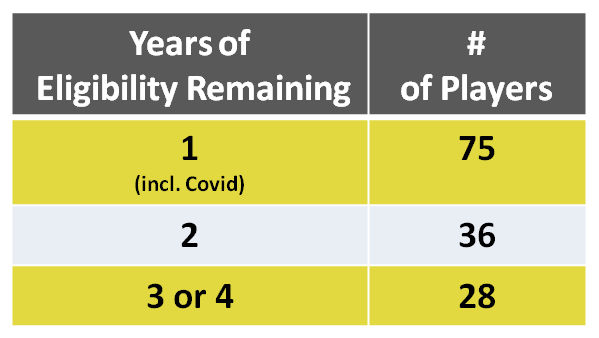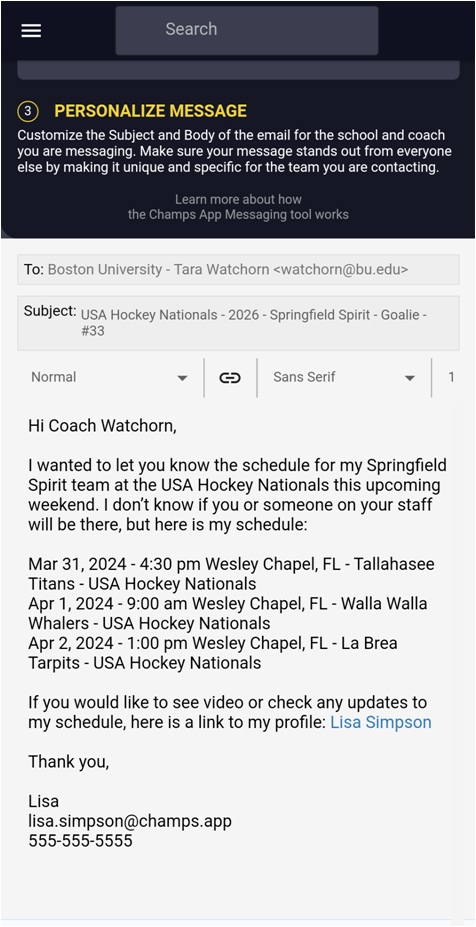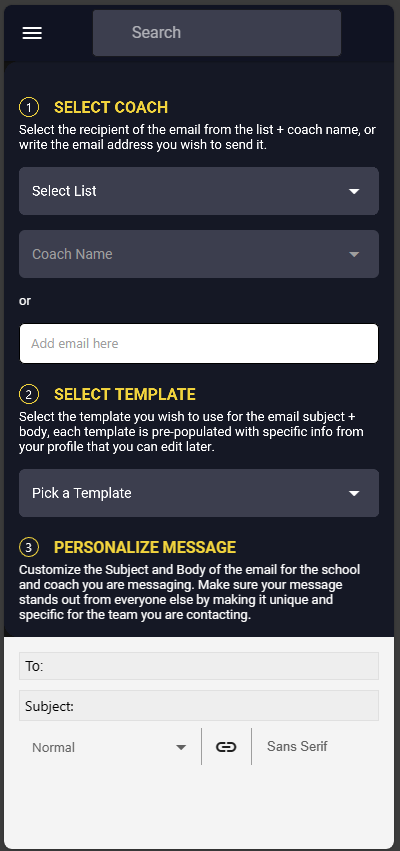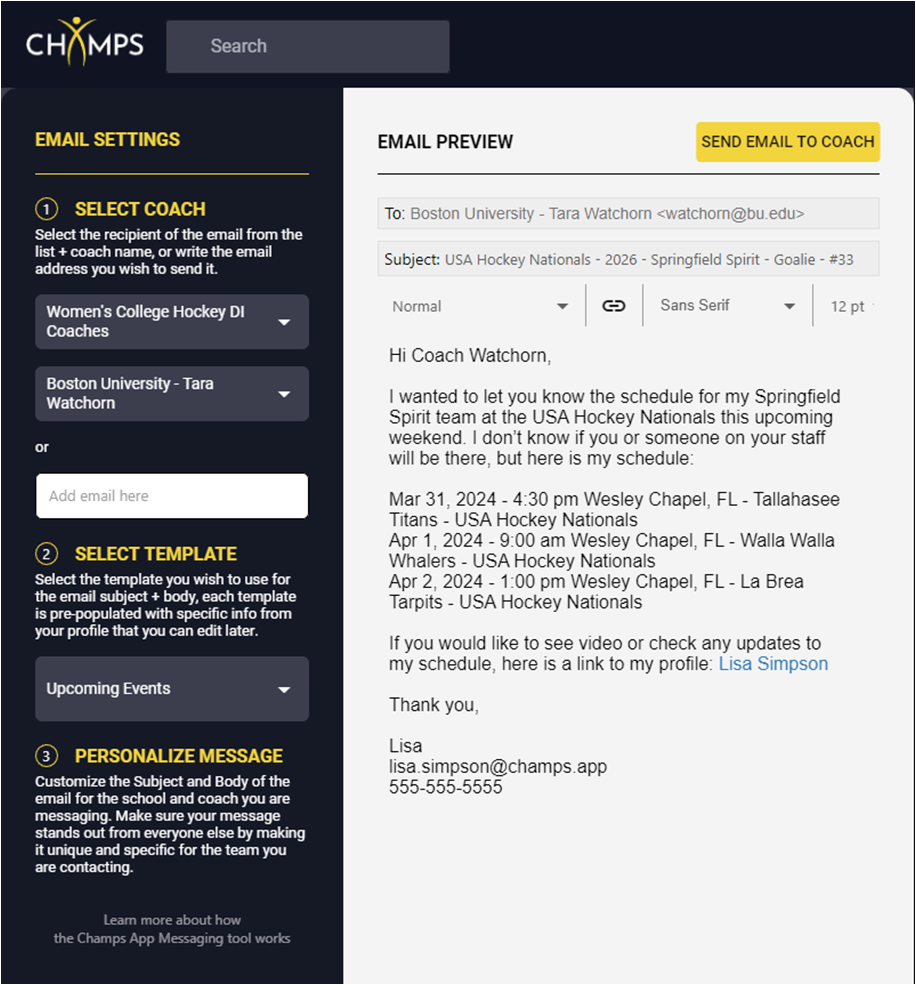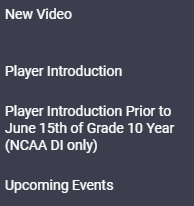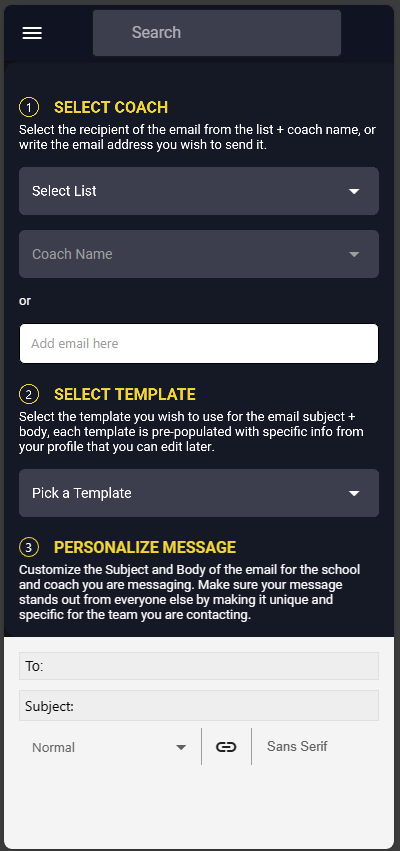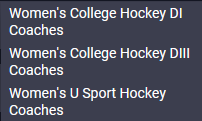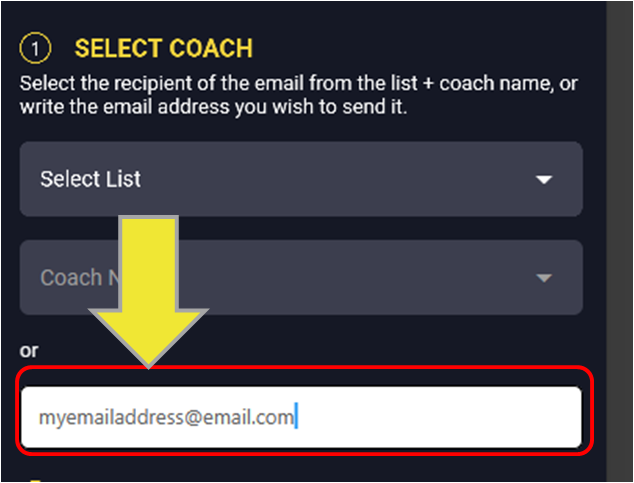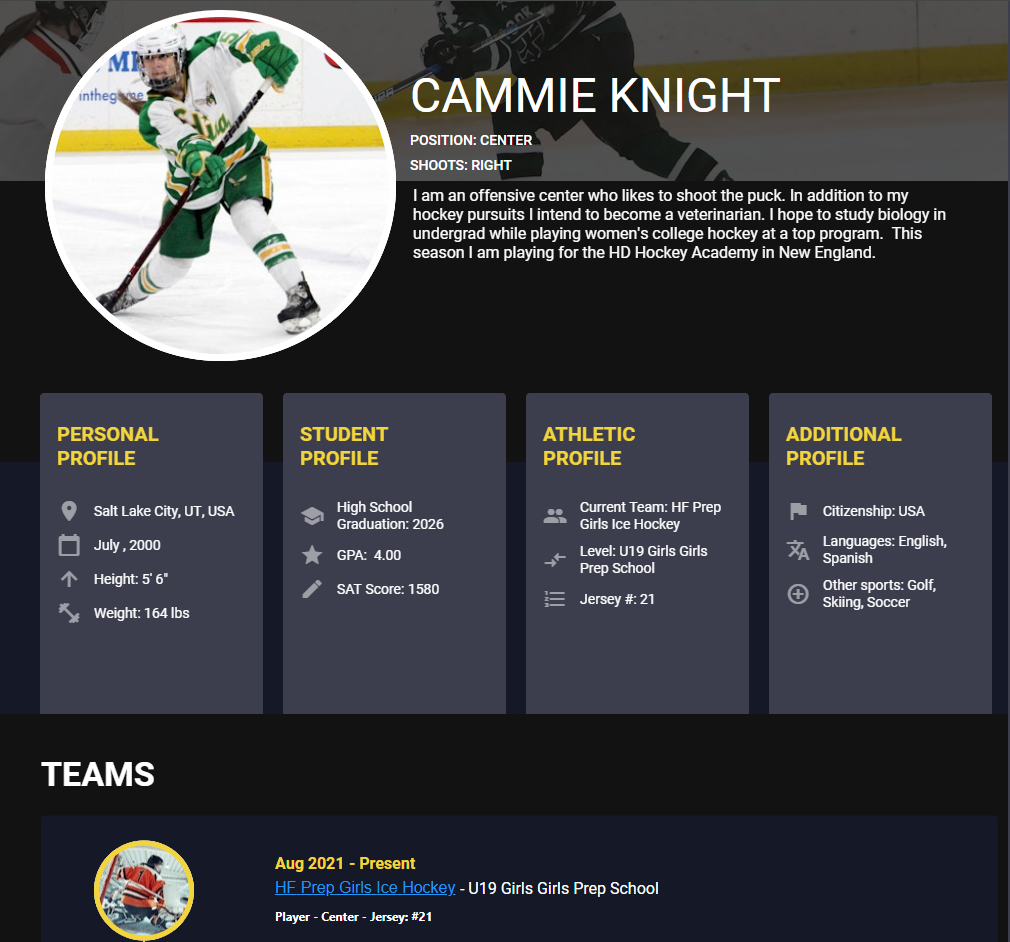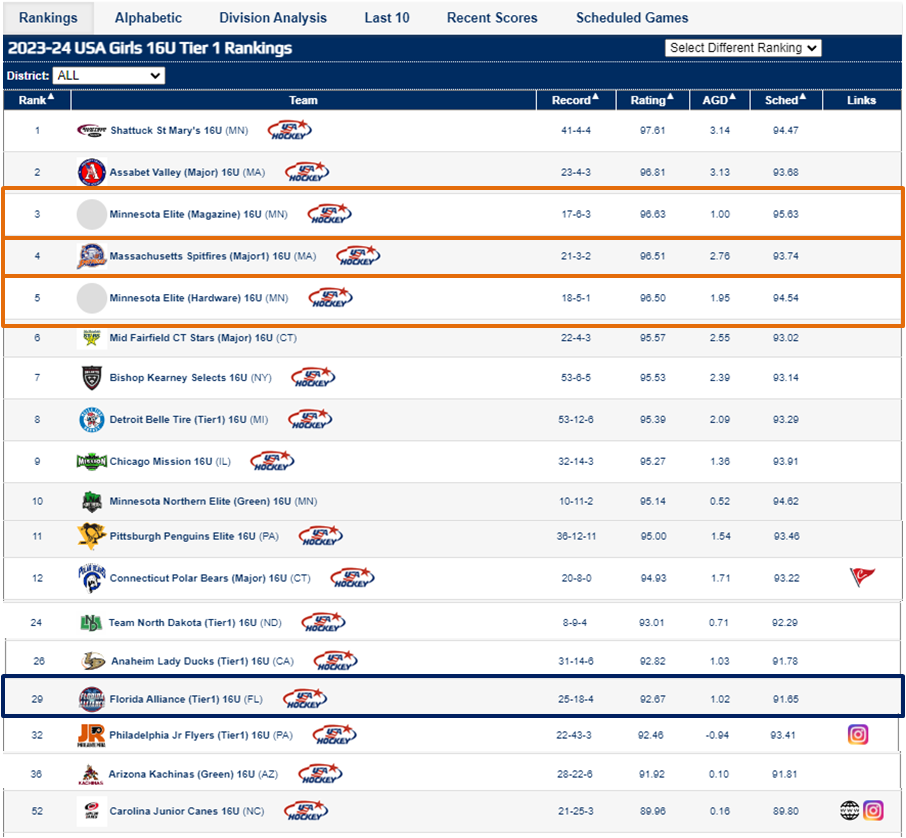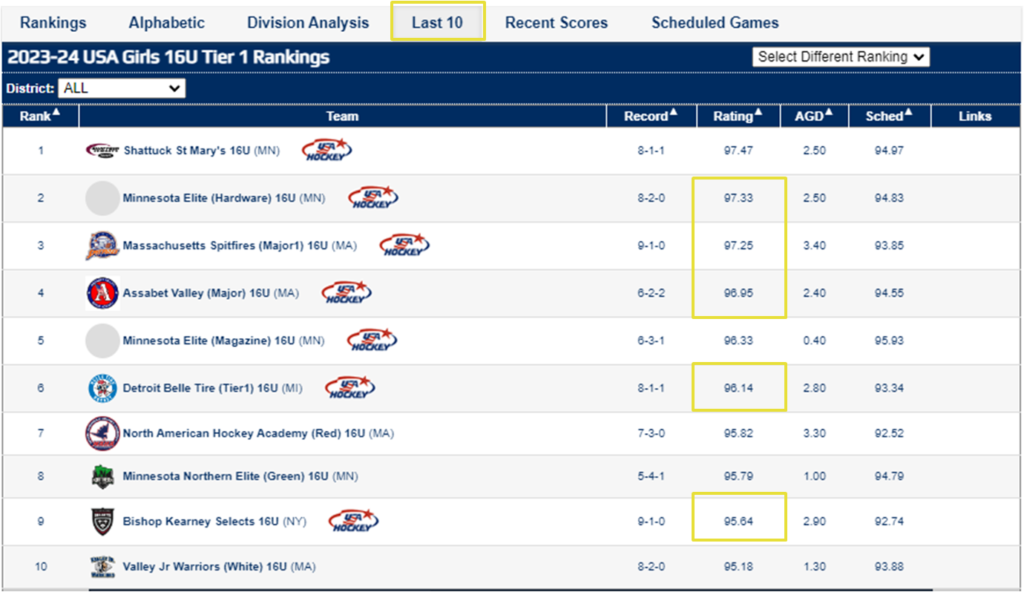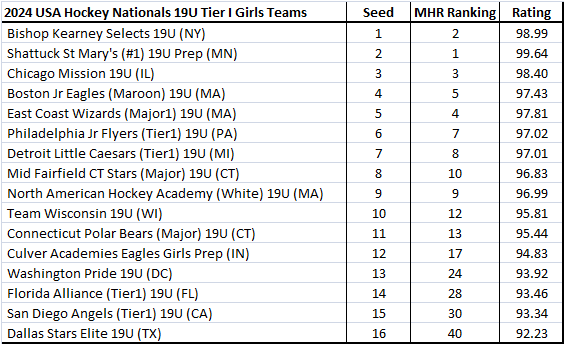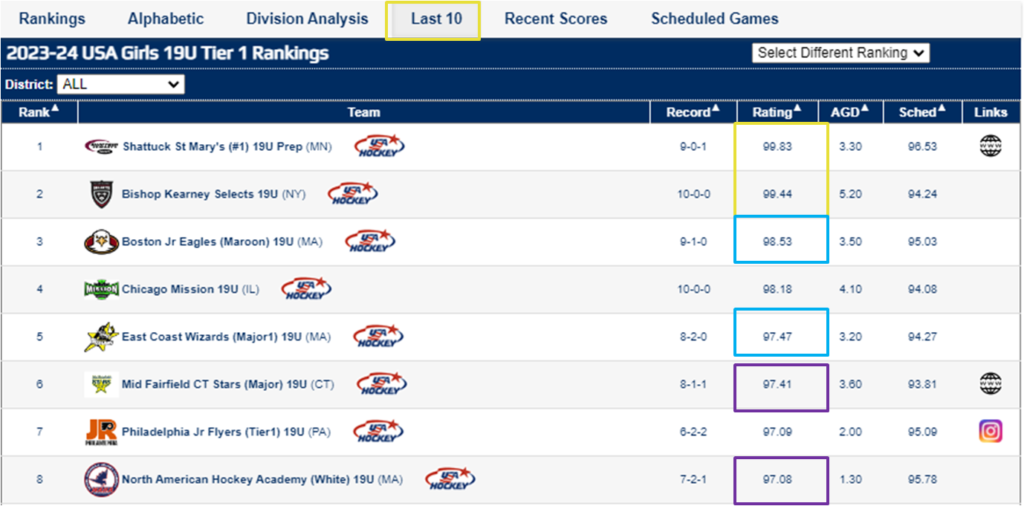I have paid close attention to the USA Hockey development camps for the last 3 years and written quite a few posts on the subject. As the USA Hockey Girls 16/17’s Camp kicks off this week and the 15’s Camp starts next week, I thought I would put together some information and links that might be helpful to players who might be going for the first time.
Expectations for Development Camp
By now, all players have been training to prepare for their week of development camp. Some parts are more important than others. After you arrive, you are being evaluated by all the coaches, all the time. At the same time, unless you show careless disregard for others or basic unprofessional behavior, basic interactions with coaches won’t make much of a difference. Focus on having fun and learning and not just trying to butter up to the coaches.
Off-ice testing has little to no impact on your evaluation. The only way it may impact you is if you are significantly above or below the standards for your age group. Even at the NHL level, little correlation has been found between combine testing results and performance. The only commonly accepted metric is that some of the vertical and horizontal jumping measurements can be connected to on-ice speed. But that is just one contributing attribute in the making of a professional hockey player.
“Based on just results, the combine has little to no bearing on how successful a player will be in the NHL or elsewhere.”
How you play in the games is the most important element in how you will be evaluated. Do the best you can with your on-ice performance.
Another item to keep in mind, is that many of the coaches working the camp definitely have dual objectives. Of course they want to be involved in USA Hockey and have their personal coaching development agenda – at the same time, many recruiting relationships are formed at these events that continue on after the camp. It is quite common to hear how the recruiting journey of a player started when they met their future college coach at one of these events.
For 15’s Camp Players:
The Girls 15’s Camp is the first introduction for most players to the USA Hockey National Development Camp process. I wrote about attending the camp as a parent back in 2021:
What I learned attending the 2021 USA Hockey 15’s Girl’s Development Camp Part I
What I learned attending the USA Hockey 15s Girls Development Camp Part II
What I learned attending the USA Hockey 15s Girls Development Camp Part III
Unfortunately, there is no way to make the 18’s camp from the 15’s camp. If you didn’t make the 18’s camp straight from District Camp, then you will need to wait to next year to be considered again for 18’s no matter how well you perform at the 15’s camp. The only exception might be for a goaltender – but that is highly unusual.
Secondly, keep in mind there is about a 60% chance a player for the 15’s camp does not get invited back next year to either the 16/17’s or 18’s camp. It’s just how the numbers work as you get older. So don’t take anything for granted and appreciate the time in Oxford, Ohio – because this might be your only USA Hockey National Camp you attend.
Make no mistake, you are being scouted by college coaches at this event. I had a DI coach tell me that they identified a 2024 recruit at the 15’s camp. This player was on a lower ranked AAA team that did not get much exposure, but their performance at the camp got the player on the schools radar for the coming season.
For 16/17’s Camp Players:
Last year I documented the event as it was going on:
A Few Thoughts After the First Two Days of the 2023 USA Hockey Girls 16/17 Development Camp
More Thoughts on the 2023 USA Hockey 16/17 Girls Development Camp
As I’ve commented in the past, the process is not perfect. In my opinion, there is not enough data-driven elements included in the evaluation of players. I have seen players with lots of points in the games get passed over for selection, and I’ve seen players with few (or no) points get moved on. There is also clearly a bias to offensive oriented defenders over stay-at-home ‘defense-first’ players.
These two analyses provide a good perspective on the level of play needed to be selected to move on to the 18’s Camp.
Analyzing the USA Hockey Girls 16/17 Camp Defense Selections for the U18 Camp
Analyzing the USA Hockey Girls 16/17 Camp Forward Selections for the U18 Camp
My apologies to goalies, but I don’t have the background to evaluate the goalie selections, other than to look at the online stats such as GAA and Save %. But I would not trust those statistics, because the folks recording those numbers are not professional statisticians.
There are many attributes that factor into players being selected to advance, but also recognize that the relationship with your coaches and how much they ‘like’ you can play a role. I know of a couple of examples where relationships seemed to have either helped or hurt players being chosen.
Also, keep in mind there were 6 players from last year’s 18’s Camp back competing at the 16/17s Camp. Those players had to have been pretty good to even have been selected last year – so there is going to be a lot of competition to be one of the few players selected to move on to the 18’s camp.
From a recruiting perspective, almost every DI school and many DIII school will make an appearance during the week. Some will prefer to come for the early few days when players are still fresh and the quality of hockey is highest. Other coaches will arrive late in the week when they can watch the last day or two and then stick around for the 15’s camp.
Before You Go – Let College Coaches Know you’ll be at the USA Hockey Development Camp
If you still have not yet committed to a college team, take the opportunity to let the coaches at the schools you are interested in know you’ll be there. Make sure to update (or create) your free, beautiful Champs App hockey profile. Then use the Champs App Messaging Tool, to save time and ensure accuracy when sending coaches your hockey profile, team information and game schedule for the week.
